
 The Mercato Mall and the convention centre.
The Mercato Mall and the convention centre.
Consultants and engineers in the UAE are using heat pipes to enhance air-conditioning systems in major construction projects, dramatically improving both energy efficiency and indoor air quality, says a spokesman for the UK-based S & P Coil Products, which recently opened an office in Dubai.
"Heat pipes have become almost a de facto standard within the design of air-conditioning systems for large buildings in Dubai, where consultants and engineers are looking to save substantial amounts of energy while providing the best possible conditions for the occupants," he adds.
Over the last four years, S & P Coil Products has completed more than 40 projects in Dubai alone, with many others throughout the Middle East. The Dubai projects include major hotels such as Royal Mirage, Madinat Jumeirah, Novotel and Ibis, and Le Meridien at the airport - where heat pipes were fitted to 40 air-handling units; as well as the new 6,000-seater Convention Centre where the IMF/World Bank international conference is to be held shortly.
Air-conditioning systems enhanced with heat pipes have also been installed in Spinneys supermarkets, Children's City, Emaar's new headquarters building and in Media City.
Allan Westbury, managing director of S & P Coil Products, says: "We're also heavily involved with developments around Dubai Marina, with heat pipes being specified in the air-conditioning systems for the first six towers, where air quality and energy efficiency were considered of prime importance.
"Heat pipes are proving to be so popular because they substantially improve indoor air quality by increasing dehumidification, while giving energy savings of around 30 per cent compared to conventional air-conditioning systems.''
S & P Coil Products entered Dubai originally to be present in one of the key centres of the Middle Eastern market.
"We found that as one of the most progressive and fastest-growing places in the Gulf, its people were beginning to realise the benefits of having better quality air in their buildings, and were trying to save energy," says Westbury. "They were moving on from simply being concerned with cooling the air, and wanted to reduce its humidity, too.
"The traditional way of bringing more fresh air into buildings and treating it to remove humidity, was to just cool the air below its saturation point. However, if that cold air is put into buildings, it actually feels cold and clammy, and is very uncomfortable.
''To improve conditions, the air has to be reheated up to a more acceptable level, so the relative humidity of the air is lower and the atmosphere feels more comfortable.
"This process of overcooling the air to strip out the moisture and then reheating it again uses a significant amount of energy, which, until recently wasn't a problem because electricity in the Middle East was cheap. But the cost of electricity has doubled in the last two or three years, and it's now very expensive to air-condition in this way. One estimate is that around 60 per cent of a hotel's energy costs is for the air-conditioning system."
This means that consultants and engineers are now looking to make substantial energy savings in air-conditioning running costs - and are turning to patented heat pipe technology in the form of a heat pipe wrapped around the cooling coil, he says.
"To improve air quality, more fresh air is being brought into buildings, and it's in the treating of this air - which often comes in as warm as 46 degrees C with 30 per cent relative humidity - that heat pipes are most extensively used,'' Westbury explains. ''To supply it throughout the building at a comfortable temperature of 23 degrees and 55 per cent relative humidity, the air would have to be overcooled first, to remove the moisture, and then reheated to the desired supply temperature.
"At these design conditions, every cu m/s of air being treated by a conventional reheat system needs around 72 kW of energy for cooling, and 10 kW of electric reheat.
"But with heat pipes, just 62 kW of energy is needed for cooling with no additional energy at all required for the reheat. The system works by the heat pipe cooling the air before it hits the cooling coil - meaning a smaller cooling coil than normal can be used - and the air is reheated 'free of charge' by the other leg of the heat pipe.''
To ensure that designers and engineers can build as efficient a system as possible, S & P Coil provides a selection programme that assesses energy savings using so-called 'BIN' data, a means of representing the annual temperature of the outside air by the number of hours per year that the temperature falls within the range of a particular 'BIN', he adds.
BIN data collected at Dubai airport shows the most common outside temperature is 33 degrees C with 65 per cent relative humidity. This gives accurate information for designing systems to achieve maximum comfort and energy savings.



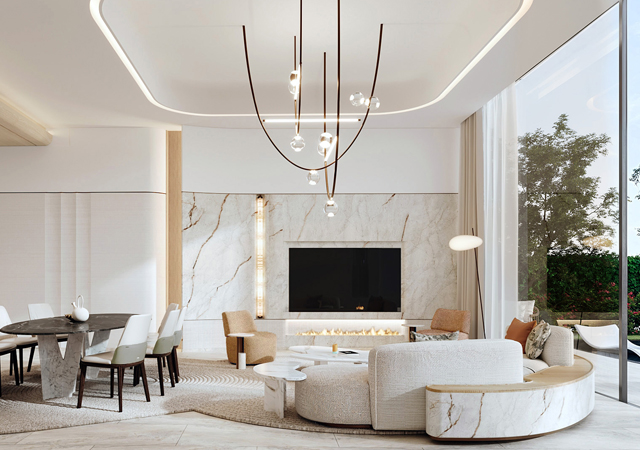
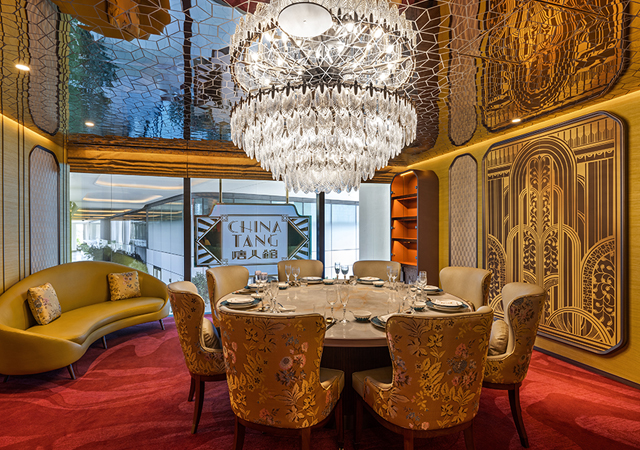
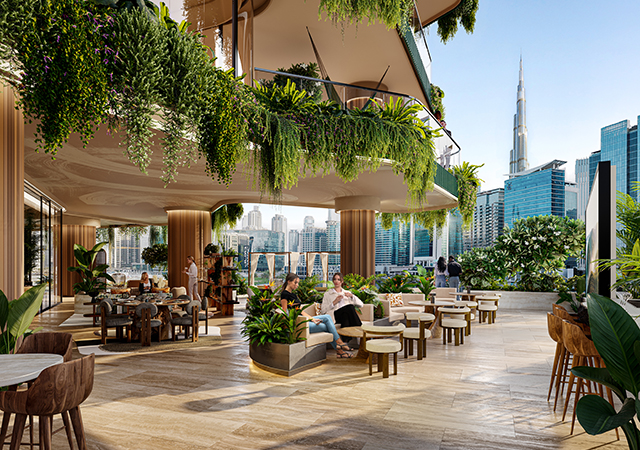
.jpg)
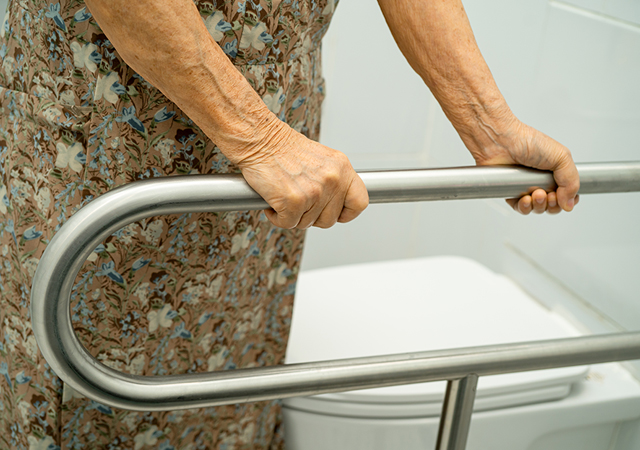

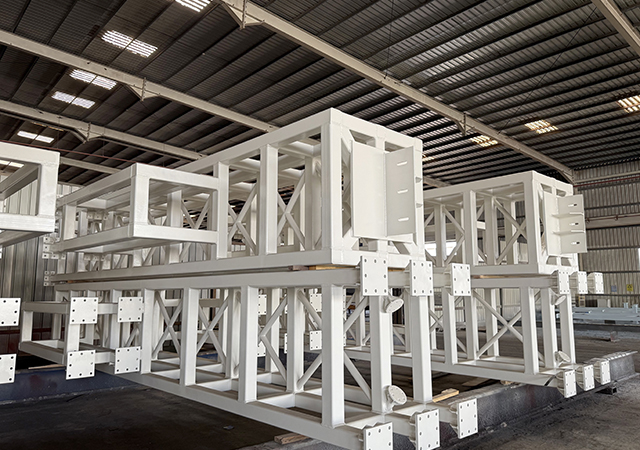




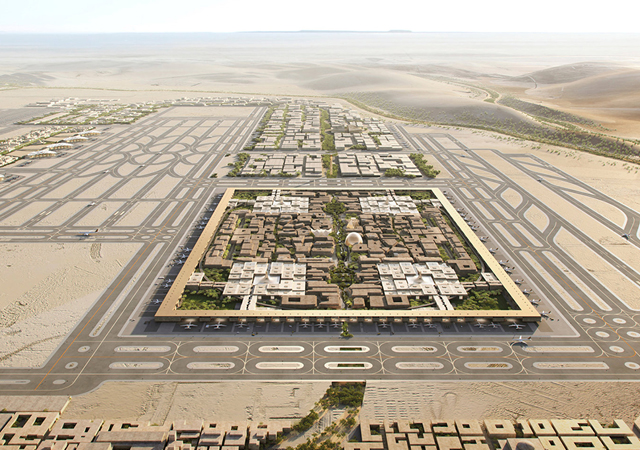
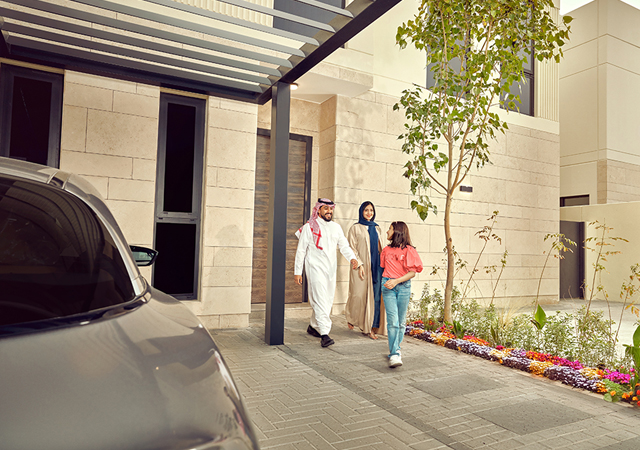
.jpg)
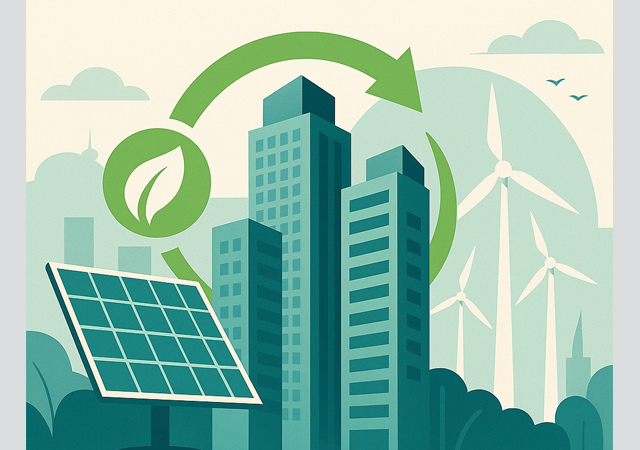



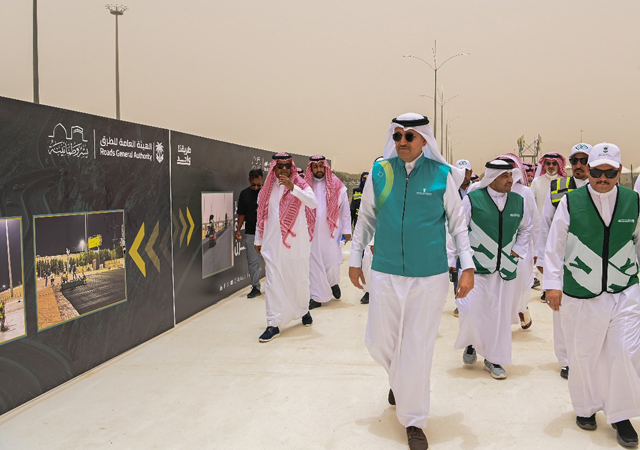

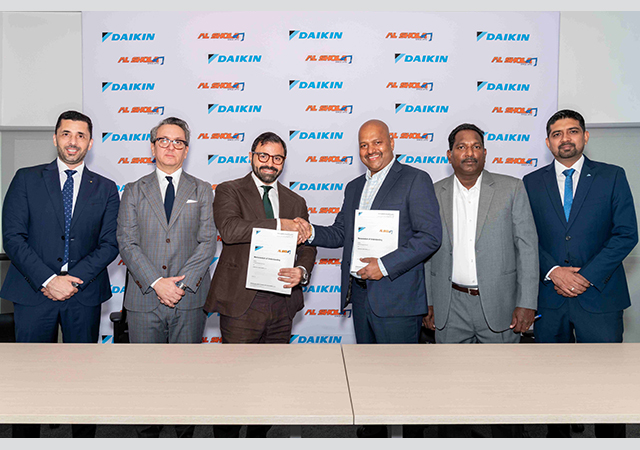

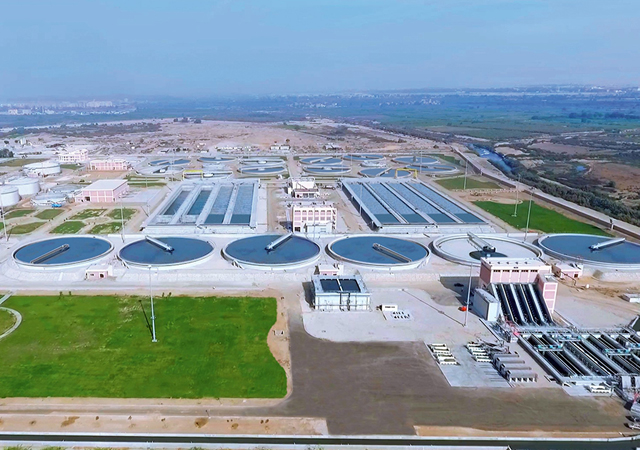
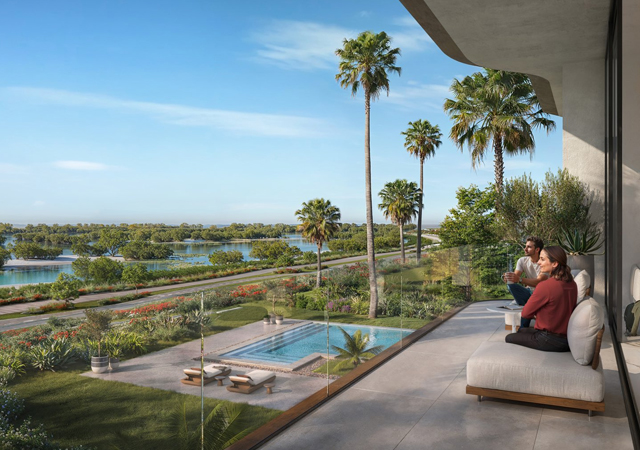
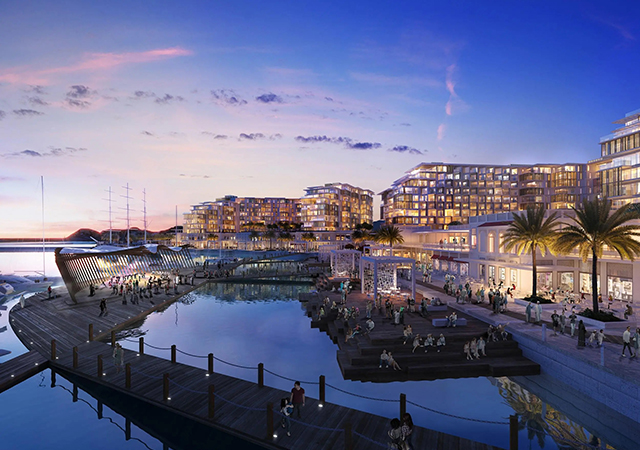

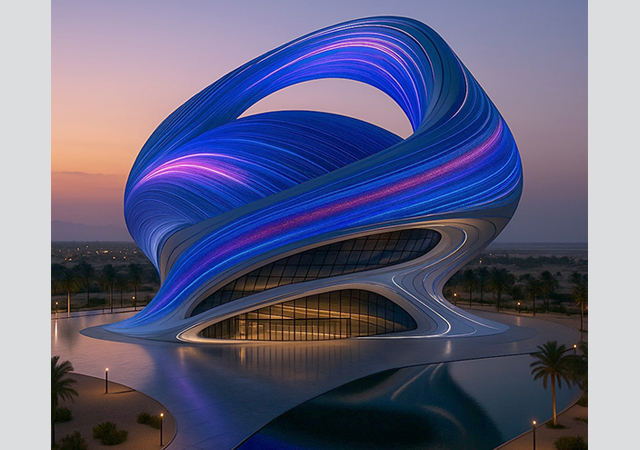

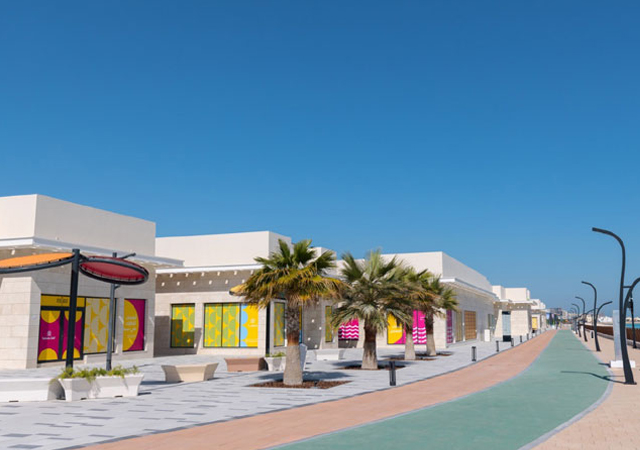

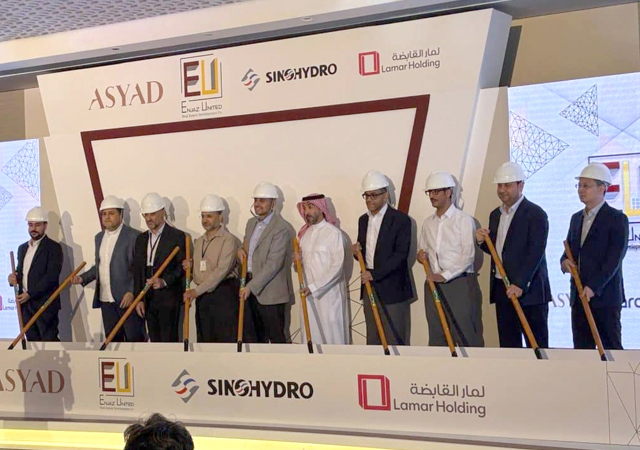
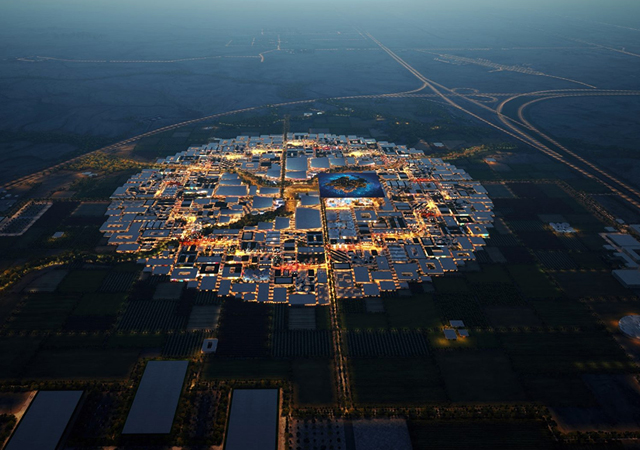
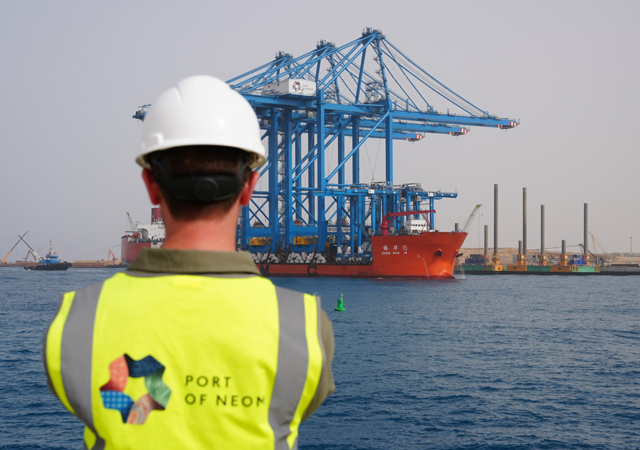
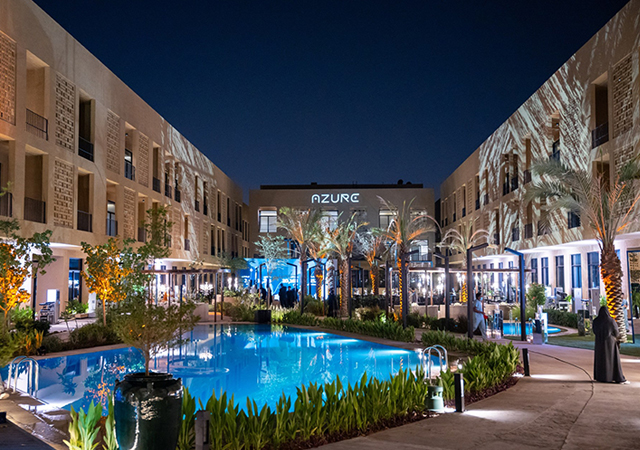
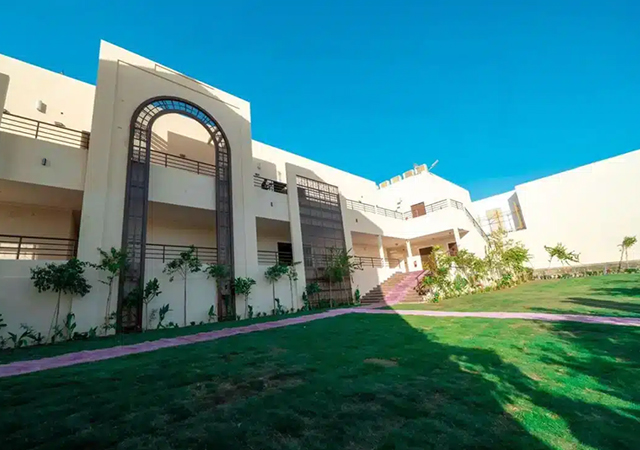


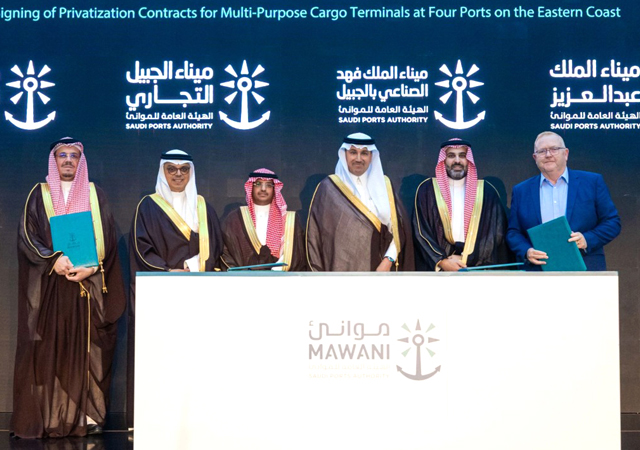
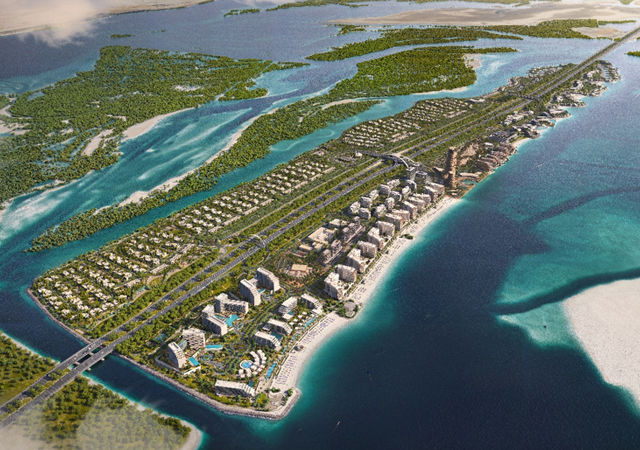

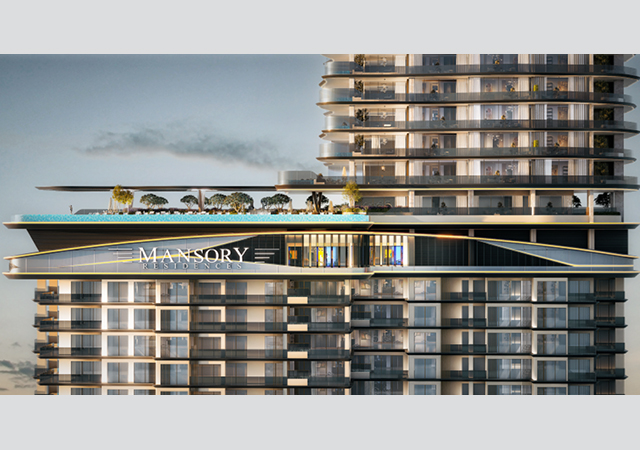
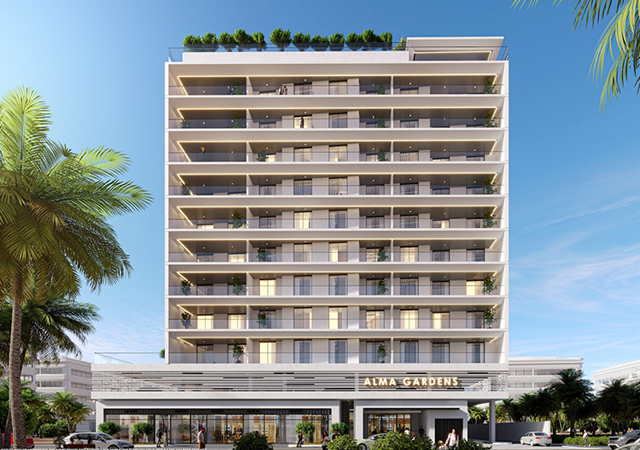

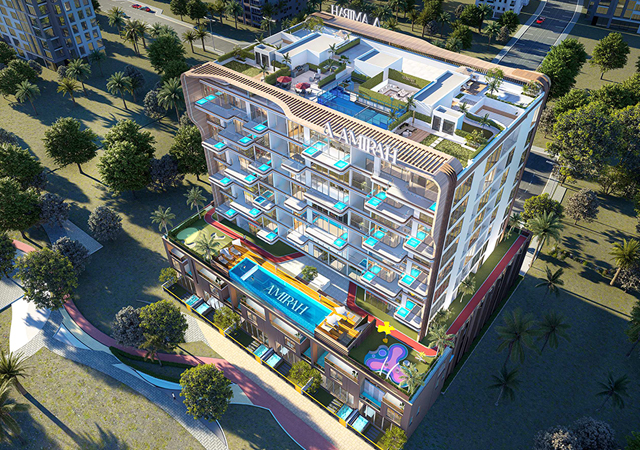
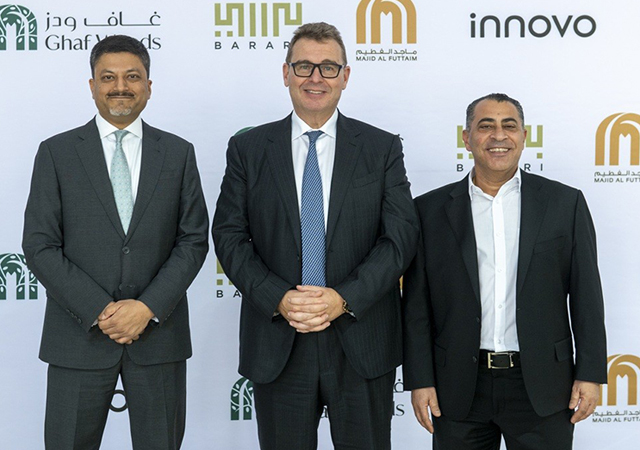
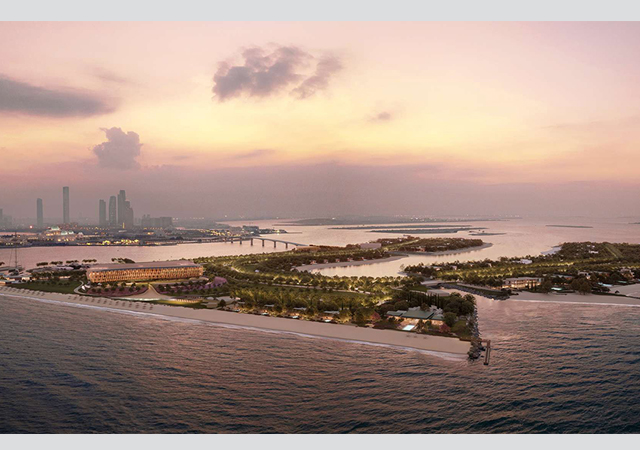
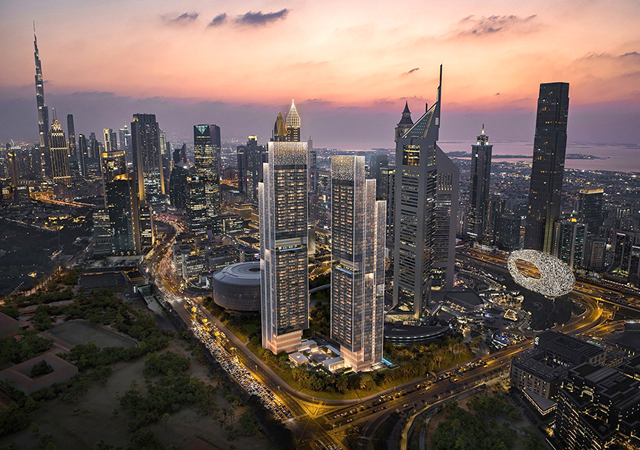
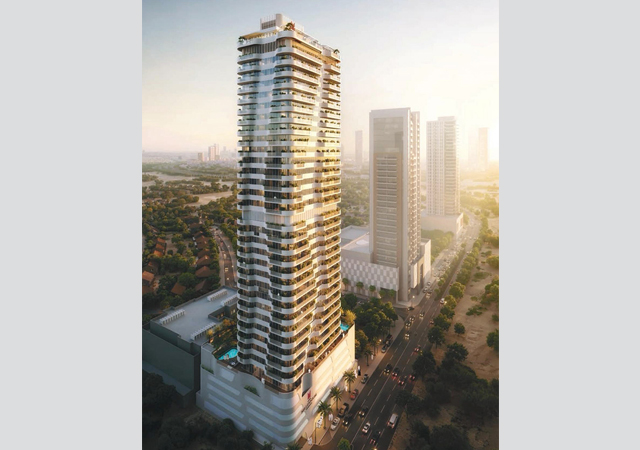
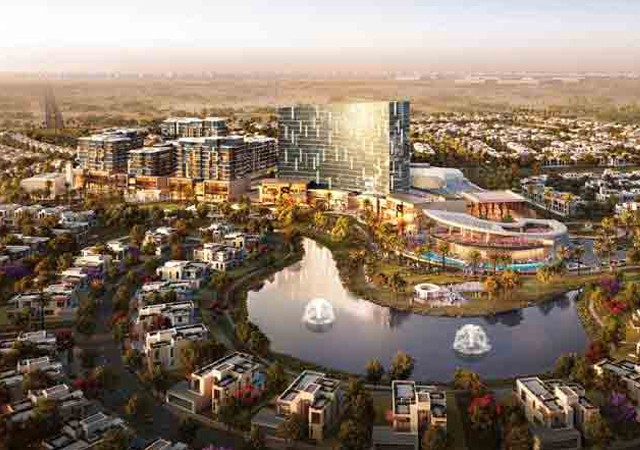
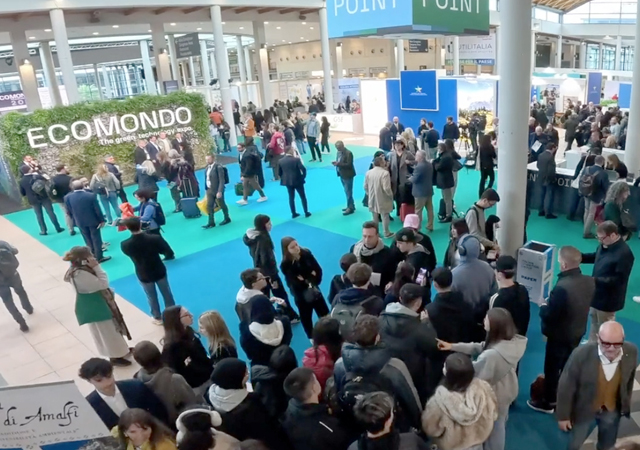
.jpg)




